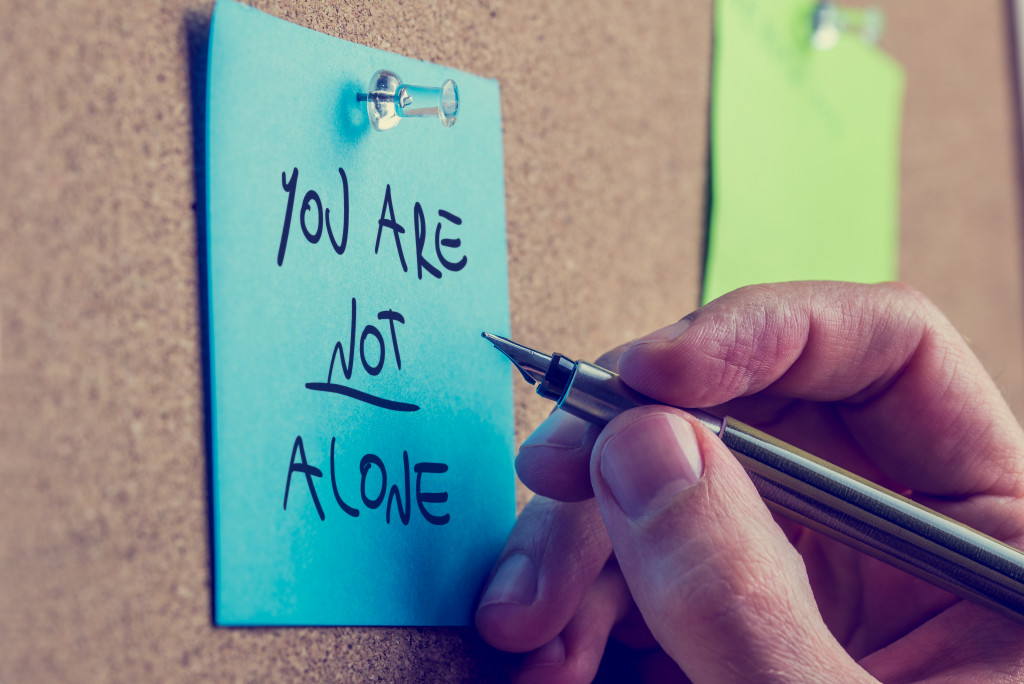How many hours do you spend on social media every day?
If you are spending more time on your screens during this pandemic, then you are not alone. Social media users increased by 13 percent during the pandemic. From 3.8 billion users around the world in January 2020, the numbers jumped to 4.2 billion in early 2021.
This is why most organizations have turned to social media for their campaigns. The target market is online. There’s no other way but to go on social media for advocacy campaigns.
What is Digital Advocacy?
You have probably received Facebook invites asking you to like a page or attend an event related to a cause. Or maybe you are already a member of a Facebook group where you see campaigns posted on their page every day. You might have seen Twitter hashtags on your feed supporting a cause. What you’re seeing is digital advocacy.
Digital advocacy refers to the use of digital tools to engage with a target audience for a cause. The online campaign targets to inform, educate, and encourage people to take action. Commonly used platforms are social media sites like Facebook, Twitter, Instagram, and Tiktok.
So why do these groups or organizations use social media for their advocacy?
-
Wider reach
The social media demographics are wide enough to maximize for a cause. Facebook and Instagram’s largest age groups range from 25 to 34 years old. Twitter has an older market, with users ranging from 20 to 49 years old. Social media is not limited to these age groups, though. Some as young as 10 and as old as 80 also use social media. This makes it perfect for organizations to send their message to as many people.
-
More convenient
Social media users are easy to engage. Organizations base their target market on interests and social media behavior. With only a photo or a video, they catch their target mat having to personally talk to them.
-
Effective tool for pushing for a cause
One post can be liked, commented on, and shared more than a thousand times. You get to spread your organization’s message. You get to encourage more people to take part through social media engagement. That is the power of social media. You get to get feedback easier and faster online.
There’s no doubt social media is an effective tool to spread a message. Do you have any cause or advocacy to campaign online? Here are some successful campaigns and invites by other organizations conducted online:
-
Empowering the youth

Recently, global superstars and ambassadors BTS launched a #YouthToday campaign. They encouraged the youth to share their pandemic stories online. BTS, then, shared the stories at the UN General Assembly held this week. This is in hopes to encourage the youth to move forward and take part in the UN goals.
-
Raising awareness on mental health
Many people are suffering from mental health issues during this pandemic. This is why organizations used social media to promote mental health wellness. The #ItsOkayNotToBeOkay and the #HelpIsAvailable campaigns encouraged people that it is okay to not be okay during these difficult times. Later on, people started sharing their pandemic stories and how they coped. The more stories shared, the more people got inspired.
-
Encouraging people to take part in clinical trials
Medical institutions are now more creative in reaching out to target participants. Gone are the days when they would post invites at hospitals. Now, health market researchers join Facebook groups of targeted individuals. For example, say the target participants to recruit are patients with rare diseases. It would, then, be wiser for researchers to join Facebook groups of rare disease patients. They are not only targeted; they are also more likely to take part as it will benefit them.
-
Educating people on the need to vote
Elections can be challenging these days due to restrictions. Yet, some governments have taken to social media to campaign for voter registration. They used images and videos to educate users on the importance of voting. They also used social media to inform people of the election process. They educate them on how they can vote safely during this pandemic.
Social media has become such a powerful tool to connect the rest of the world for a common goal. It has become a platform for organizations to spread their message across all demographics. They get to educate people from all walks of life. They get to share stories and inspire people despite the distance. At the end of the day, one good cause is always worth a comment and a share on social media.

